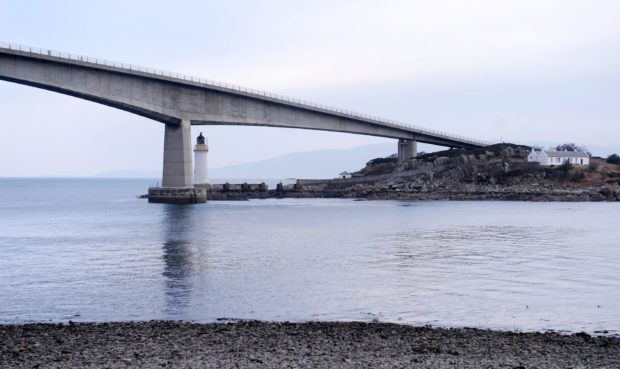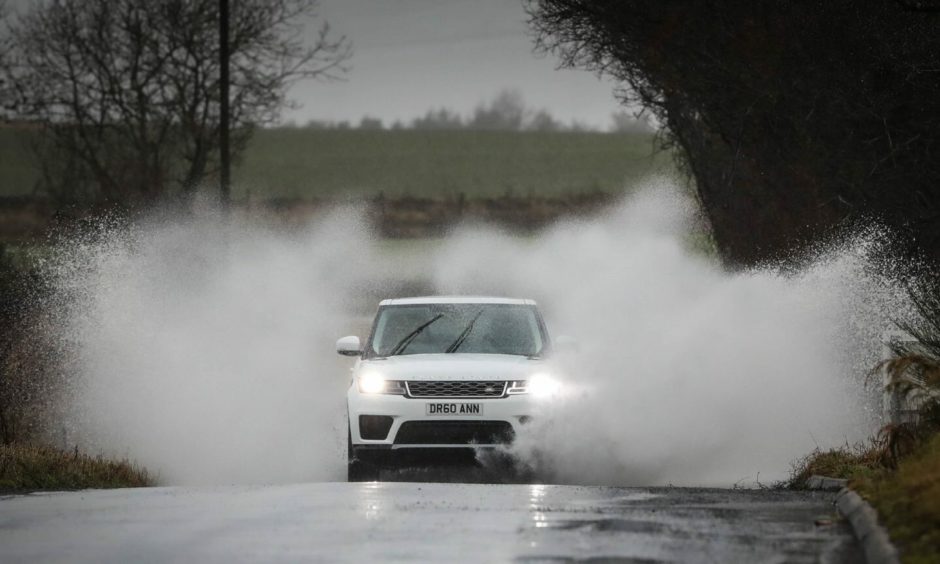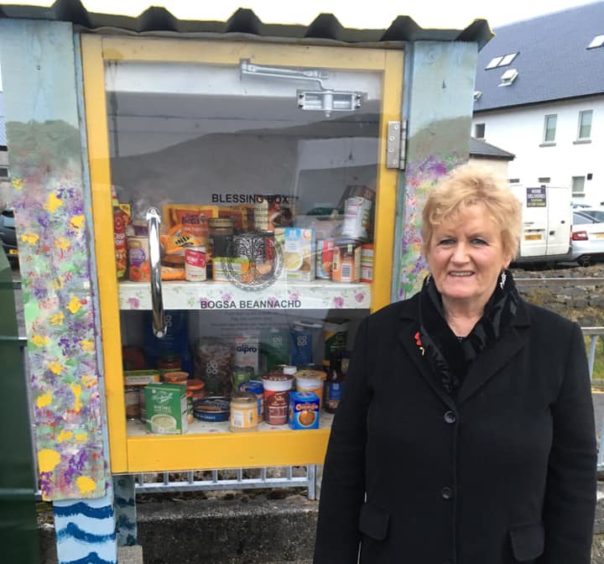Highland Council planning committee members have voiced concern that flood risk assessments from the Scottish Environment Protection Agency (Sepa) could have a “devastating impact” on coastal communities.
The application in question looked low-key, in planning terms.
A family living on Kyleakin on the Isle of Skye had applied for permission to replace a former Post Office shed on their land with a new 1.5 storey home.
However, while planning officers said they had no concerns about the application, Sepa objected on the grounds of the area being at risk of flood.
According to Sepa maps, the site is at risk of 1 in 200-year and 1 in 1000-year coastal flooding events.
The applicant’s family had lived in the house for several generations and there has been no flooding in that time.
Nonetheless, the objection from Sepa led to the application being recommended for refusal at the north planning applications committee.
‘Sepa must be accountable’
Members spoke passionately about the dangers of writing off coastal development based on climate change modelling.
Skye councillor John Gordon said: “I went onto the Sepa website expecting to see some localised high risk flooding areas – instead you see the whole area around our coast classified as high risk.
“Well, they’ve been high risk since time began!
“Sepa has an important role but it has to be accountable too, and it should work more with local communities and local members.
“This family has lived here for generations. The planning authority and the Scottish Government need to question if we will weaken coastal and fishing communities in the decisions we make. The impact could be devastating.”
Members from the other side of the Skye Bridge agreed.
Councillor Biz Campbell said it could have “huge implications” for her area, while councillor Calum Macleod said Sepa’s forecast painted a “doomsday” picture.
No issue 15 years ago
The debate was fuelled by questions of risk and common sense.
Highland Council declared a climate change emergency in May 2019 and officers advised the committee that they should keep one eye to the future in deciding applications.
“Fifteen years ago this wouldn’t have been an issue, but with improved climate change data we will be faced with difficult questions and challenges more frequently,” said planning manager Dafydd Jones.
“Just because this property has never flooded before, doesn’t mean that it won’t. It’s important we have regard for that.”
Noting that Highland Council had granted other planning applications for Kyleakin recently, Mr Jones said the council was not trying to prevent expansion in coastal areas, but had to be careful in its decision-making.
He added that Sepa is a legal consultee but is offering advice only, and members could choose to disregard that advice.
Committee chairwoman Maxine Smith took a pragmatic view.
She said that if the application had been a new development of 10 homes it would be reasonable to refuse.
However, as the applicant was one family building on their own ground – and any flood risk would be detailed in future property sales – she felt the application could be granted.
John Gordon’s motion to approve the application was seconded by Calum Macleod and unanimously passed by the committee.
Because Sepa is a national government agency, the decision to approve will now be referred to Scottish ministers.
Huge implications for coastal communities
Speaking after the committee, councillor Campbell said she felt it was important to challenge Sepa on this matter.
She said: “This is a local family wanting to convert the old Post Office next door to them, which has belonged to the wife’s family for a long time.
“I wanted us to challenge Sepa’s recommendation, as the area has never flooded.
“This has huge implications for all our costal communities on the west coast villages, where we have a shortage of houses.”
It will now be up to ministers to decide on the merits of the application.
However, while some members referred to this as a “test case” for the Scottish Government, Mr Jones emphasised that each application has to be made on its own merits.
The wider question of rural development and planning policy is one for another day.












